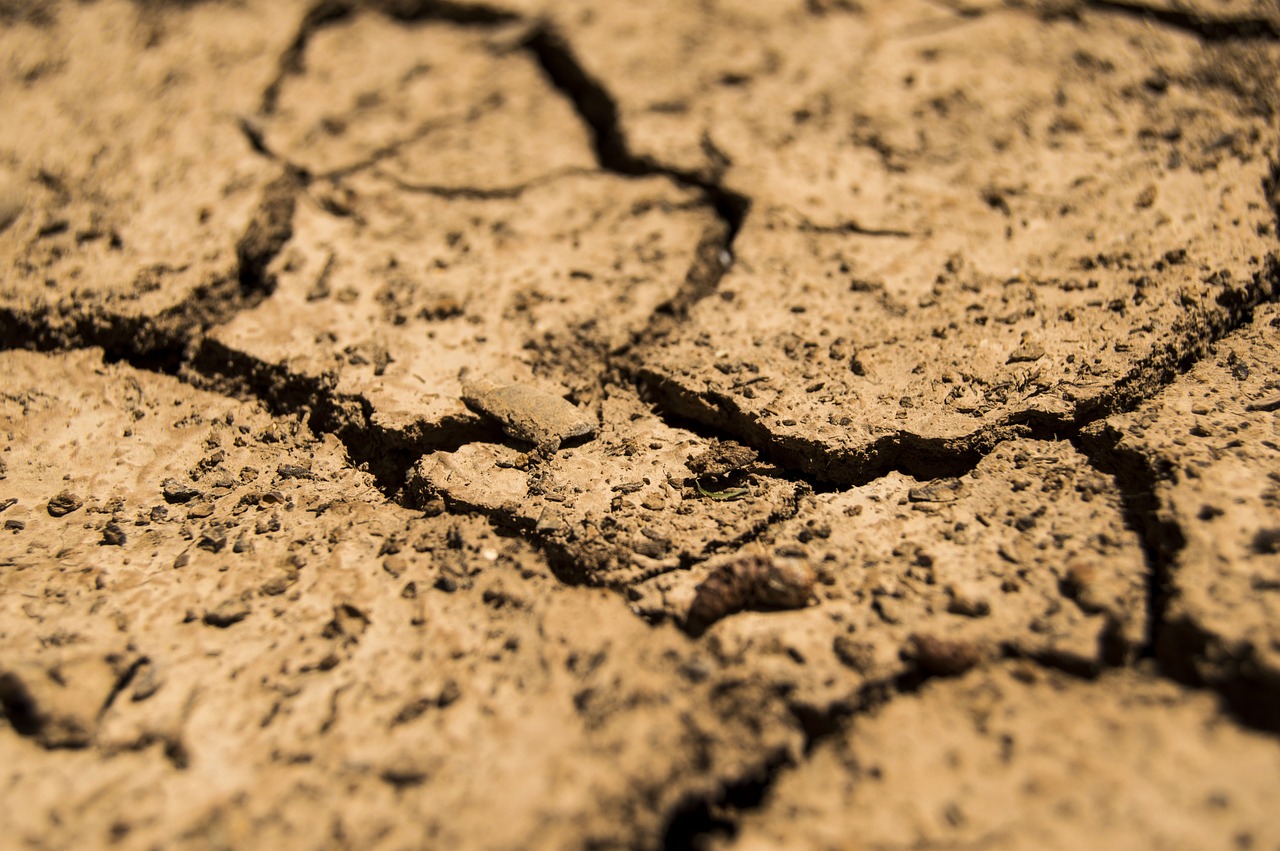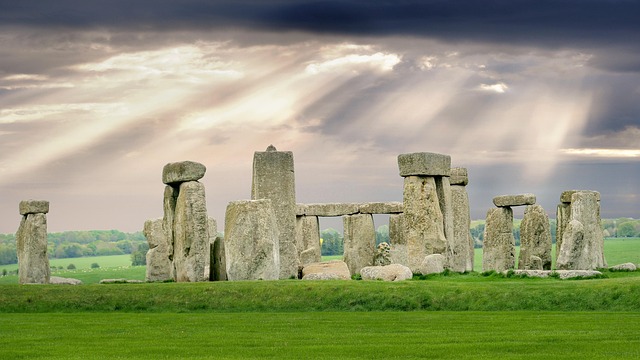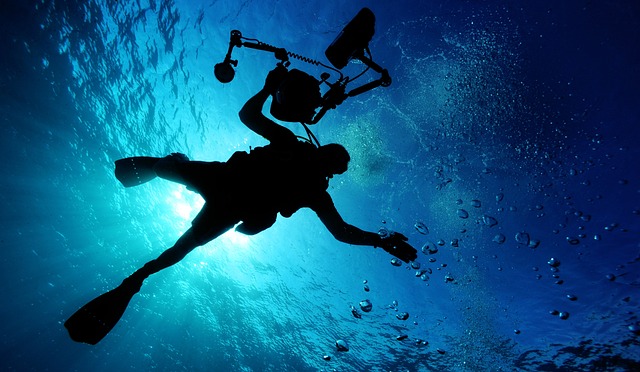Article Title:Changing fish use on Mangaia, Southern Cook Islands: Resource depression and the prey choice model
Abstract:
This study applies the prey choice model from foraging theory to explain changing human use of fish during the 700-year occupation of Tangatatau Rockshelter, Mangaia, southern Cook Islands. The prey choice model suggests that predators will focus initially on high ranked prey, turning to lower ranked prey if abundance of higher ranked prey declines. It is suggested that increasing human population size would have resulted in increases in harvesting pressure and ultimately prey resource depression. To apply the prey choice model to archaeological faunal records and based on previous research, prey ranks are estimated using overall attributes of taxon body size; the larger the taxon, the higher the rank. Two indices, the Marine and Freshwater Fish Index, are developed to estimate the ratio of high to low ranked prey and are calculated for each zone of the rockshelter. Over time, the indices show a decreasing abundance of high ranked prey and increasing abundance of low ranked prey, which supports the view of resource depression. Skeletal elements from two of the high ranked prey, Serranidae and Anguilla sp., are measured to examine taxon-specific changes in fish body size/age that would indicate direct human exploitation pressure. Evidence for a decline in Serranidae body size over time suggests that some of the decline in prey abundance and encounter rates results from direct harvesting pressure along with behavioural adjustments in the prey. Sample sizes for Anguilla were insufficient for statistical treatment. Environmental and technological factors that might also affect prey abundance and taxonomic representation do not satisfactorily account for the patterns. Overall, the increasing use of lower ranked prey suggests a decline in foraging efficiency, given higher energetic costs associated with their use. The study adds to a growing body of evidence that Polynesians profoundly affected the indigenous biota on islands they colonized. Copyright (C) 2001 John Wiley & Sons, Ltd.
Keywords: prehistoric fish; prey choice model; Polynesian fishing; Oceania archaeology
DOI: 10.1002/oa.548
Source:INTERNATIONAL JOURNAL OF OSTEOARCHAEOLOGY
Welcome to correct the error, please contact email: humanisticspider@gmail.com



